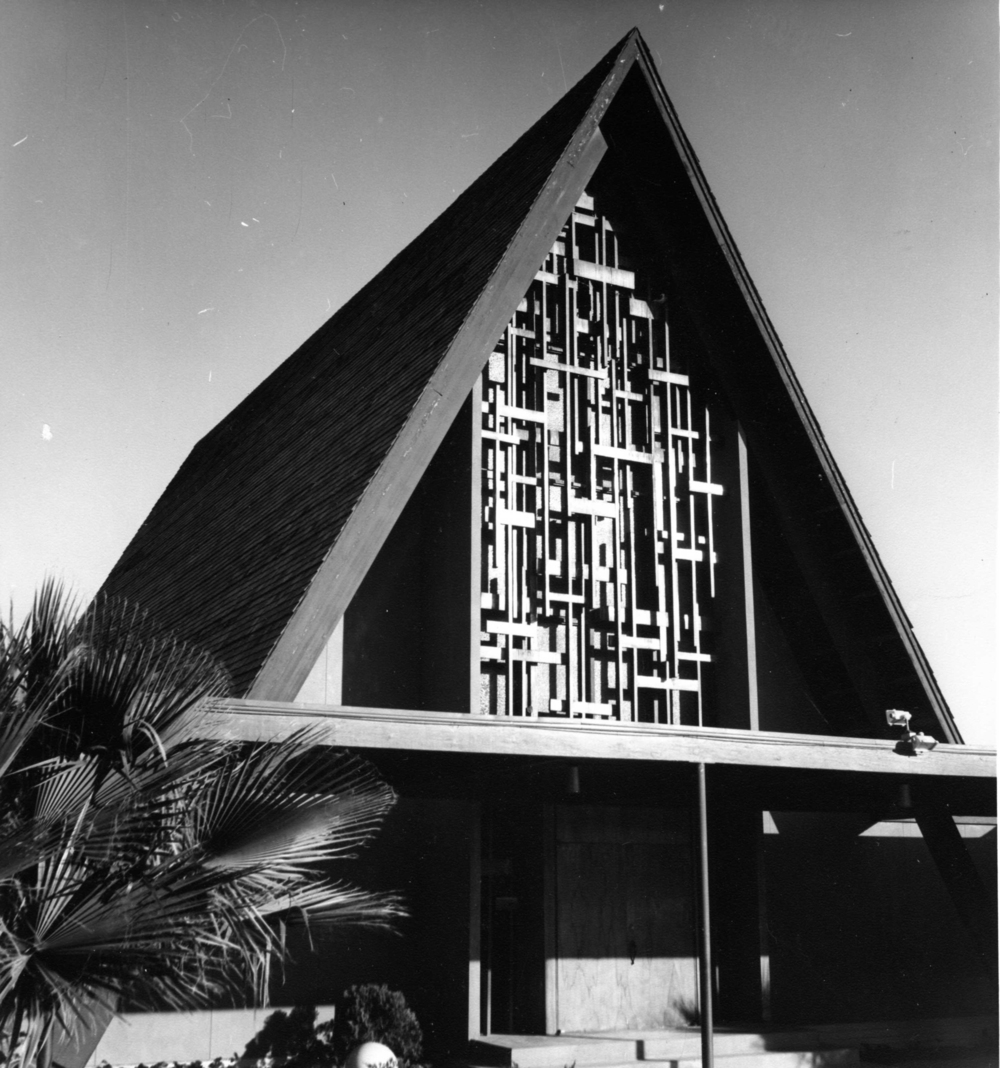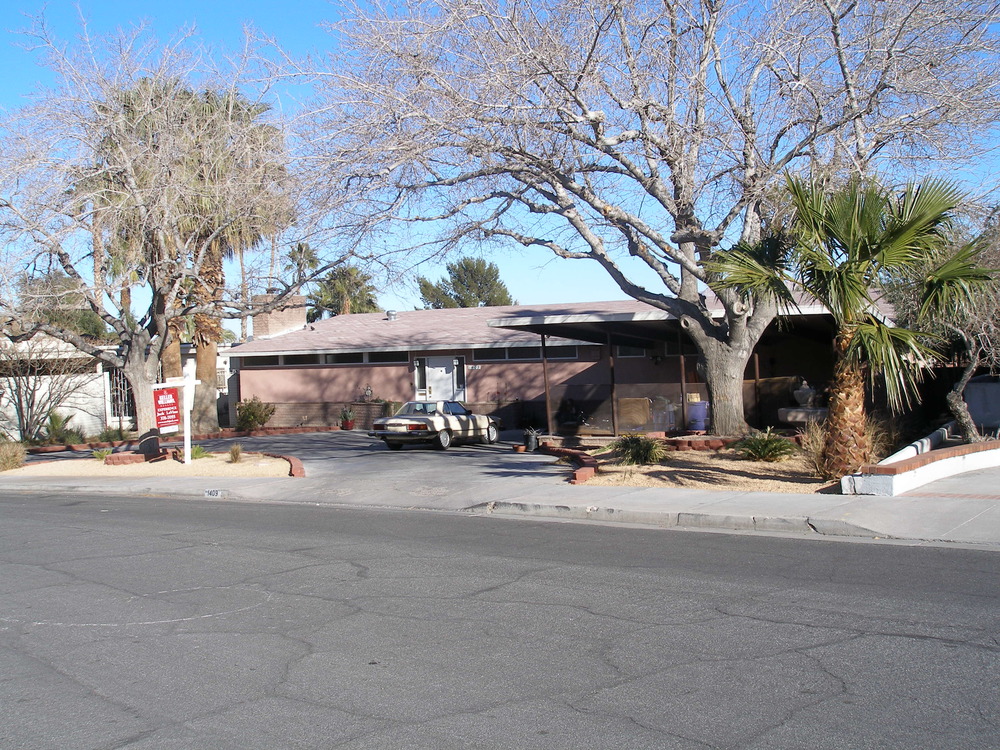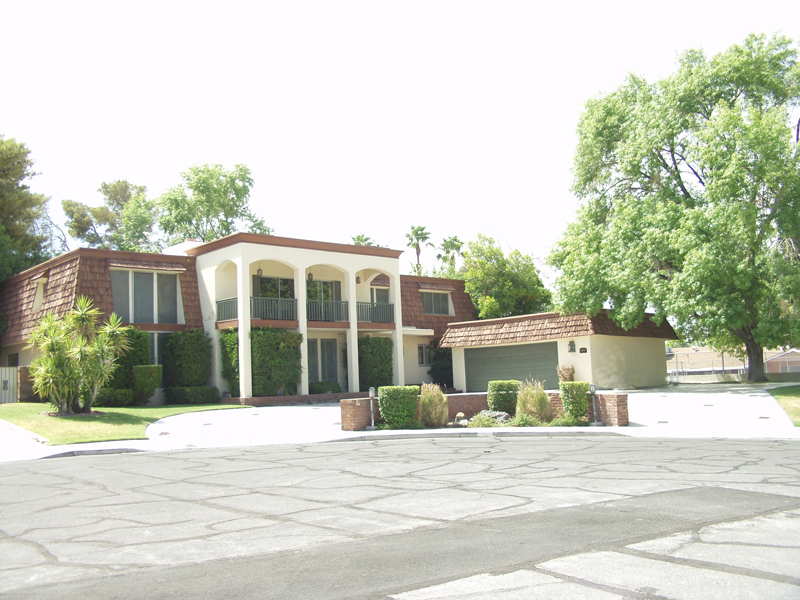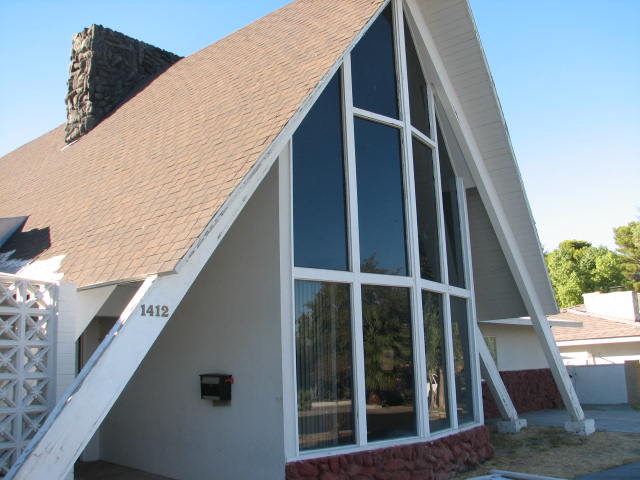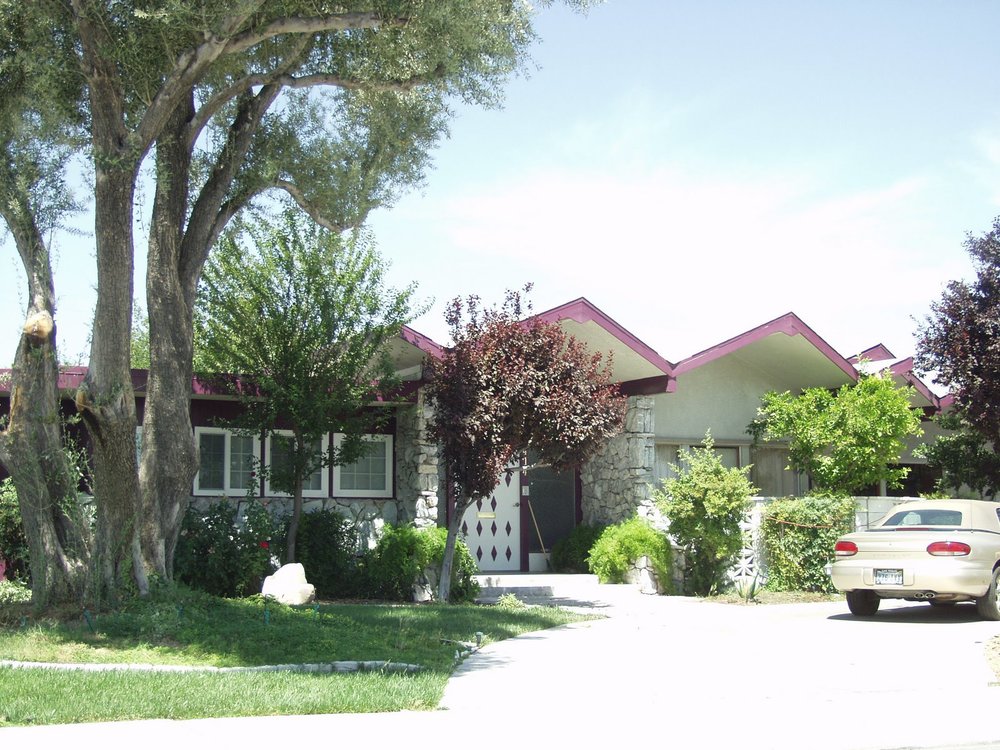Last month we ran the story about the closing of Binion's hotel tower, (the old Mint tower to us old-timers) and pondered what that meant for the venerable Downtown establishment.
Well, our buddy Johnny Katz is back from holiday and has a follow-up to that story. And the news isn't all bad, in fact, it's looking up, well sort of:
What's happened to Vegas landmark Binion's over the past five weeks reminds one of the Mark Twain quote, "Be careful about reading health books. You may die of a misprint."
Wait. That's not the line. I'm thinking of the famous quote, "Reports of my death have been greatly exaggerated."
It seems a great many Binion's customers — past and potential — across the country and even the globe have wrongly deemed one of the city's most famous hotel-casinos as lacking a pulse. Out of business. As in, forever.
No.
It's like this: On Dec. 1 Binion's Gambling Hall & Hotel announced it was losing that "hotel" for a time and closing its 365-room tower. The closing date was set at Dec. 14. About 100 hotel employees would be out of work. Binion's Restaurant & Bar, downstairs, would close, too. All of that did happen.
But crucial to this announcement was that the casino itself — including the poker room, all the gaming pits, the great Binion's Ranch Steakhouse and the somewhat great Binion's Café — would remain open for business as usual. The usual being that the steakhouse would be shut for a time in December for its annual two-week scrubbing, but is again open today. Still on the 24th floor, great view, warm wheat bread, flavorful beef-age, all that.
The problem has been that the closing of the hotel has resulted in the following thought pattern from those who have read or heard the news: "Binion's. Hotel. Closing." The reports have been accurate, but as Binion's General Manager Tim Lager said earlier this evening while sipping a Michelob Ultra at Benny's Bullpen Sports Bar andCigar Lounge, multitudes of tourists have mourned the closing of a casino still open.
"The power of our brand is such that whatever happens here makes news," Lager said, "and the news was that the hotel was closing. People saw that in the headlines, or heard it, and felt that was it for Binion's. This happened all across the world. We've received word from Australia that people were under the assumption that Binion's is closed."
Throw another mattress on the barbie, mate.
The evidence is mostly anecdotal, but it has mounted ever since the sad news was sent out Dec. 1: Loyal Binion's guests from tiny towns in Texas who received mailers from the hotel, only to have the postal worker remark, "Sorry to hear that your favorite hotel is closing." The longtime visitor to the poker room who bumps into Lager on his way to cash out his Club Binion's player's card because he wants to reap the benefits before the casino's doors are chained shut.
"I get it all the time," said Lager, who spends about as much time on the Binion's casino floor as I do these days.
The sagging business at the Binion's Ranch Steakhouse is a particular concern, as it is one of the hotel's most famous draws and a popular restaurant in times when it is not rumored to be out of business. Just a year ago, TLC Casino Enterprises, which owns the hotel (Terry Caudill being the owner of TLC, which also owns Four Queens) renovated the steakhouse with new carpet, wallpaper, china, even a new menu. The new ownership also topped the old hotel with an $800,000 roof, as even the finest resort is worthless if rain is pooling on the Pai Gow tables.
These moves were to indicate long-term commitment to Binion's, which has a very big casino floor — 80,000 square feet, more than double that of Four Queens — and needed a lot of vacuuming, to say the least. Caudill's plans were to tackle those rooms, too. The ownership knew it was buying into a hotel that needed some serious work, but those plans were mothballed during the subsequent economic cratering. Binion's operated at a loss as it offered rooms at $19 for a time, even less than the $29 rates offered at such Strip hotels as Imperial Palace. But guess what type of clientele a $19 room attracts: Cheap. These folks aren't lighting Macanudos with $100 bills at Benny's Bullpen, put it that way.
Caudill also has jousted with some of the owners of the land on which the resort sits. About a half-dozen different interests own the Binion's land parcels, many of whom inherited ownership from the original families who bought the land in auction back in 1905. There are dozens of ownership partners tied into those parcels, and TLC has been sued for failing to comply with terms of its lease of the Binion's land. TLC has been attempting to negotiate more favorable lease terms for nearly a year, arguing that if it continues to cut costs to meet the bottom line, customer service would suffer so acutely that guests might stay away even if they know the casino isn't closed.
Lager says the hotel one day will be reopened, but can't yet calculate what the economic indicators would be to start movement in that direction. Many consecutive months of robust business would be a start. There is hope that some powerhouse, one-off PR event — Mayor Oscar Goodman announcing he will or won't run for governor from the Steakhouse, for instance — would jar the public's perception of the hotel. It doesn't need any more name recognition, just a removal of the headstone from the entrance. Metaphorically speaking, of course.
Meanwhile, those who had reservations to stay at one of Binion's dilapidated hotel rooms have been "absorbed" by Four Queens. Now, that's a hotel-casino that's doing pretty well. It's still open, and most important, everyone knows it.





